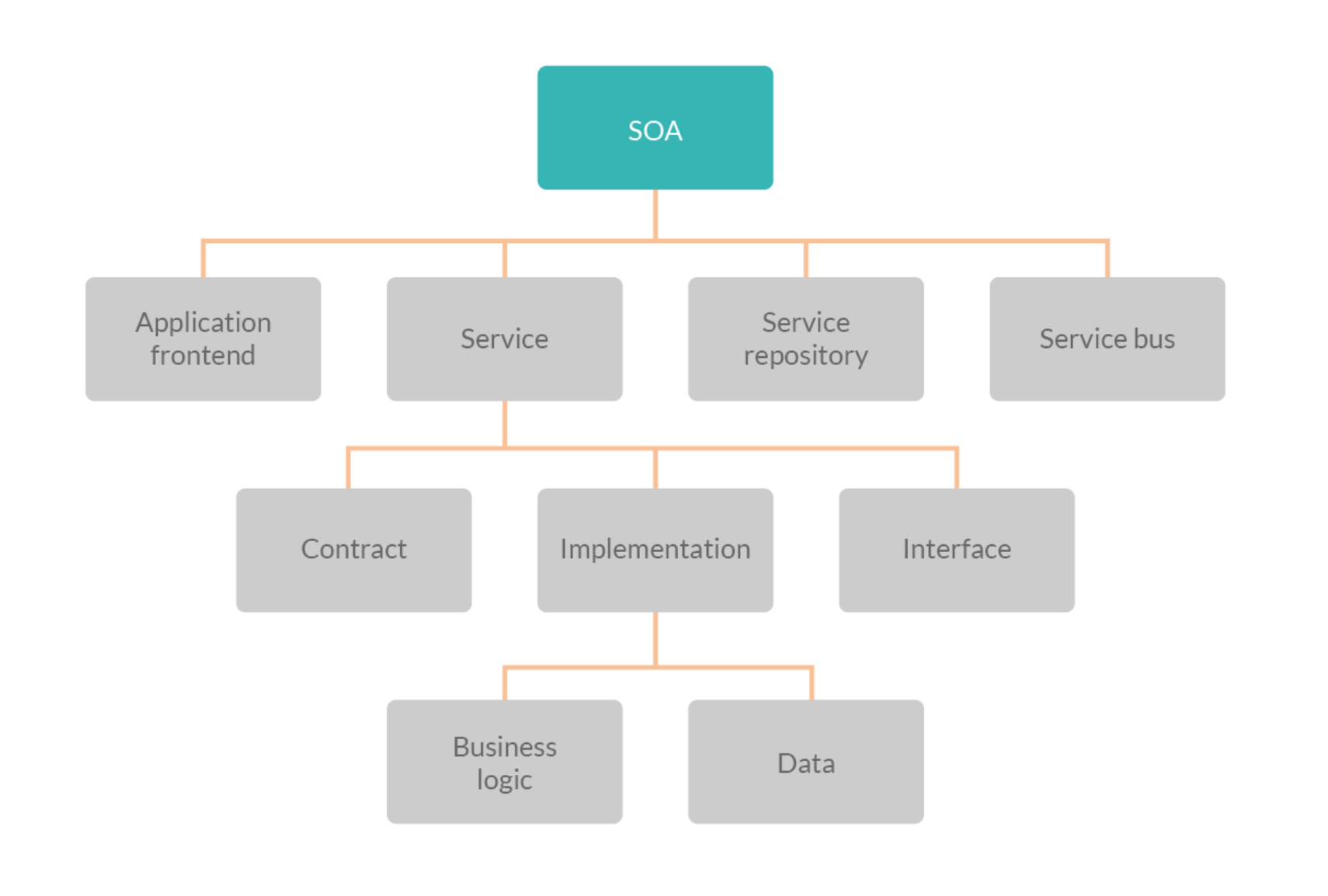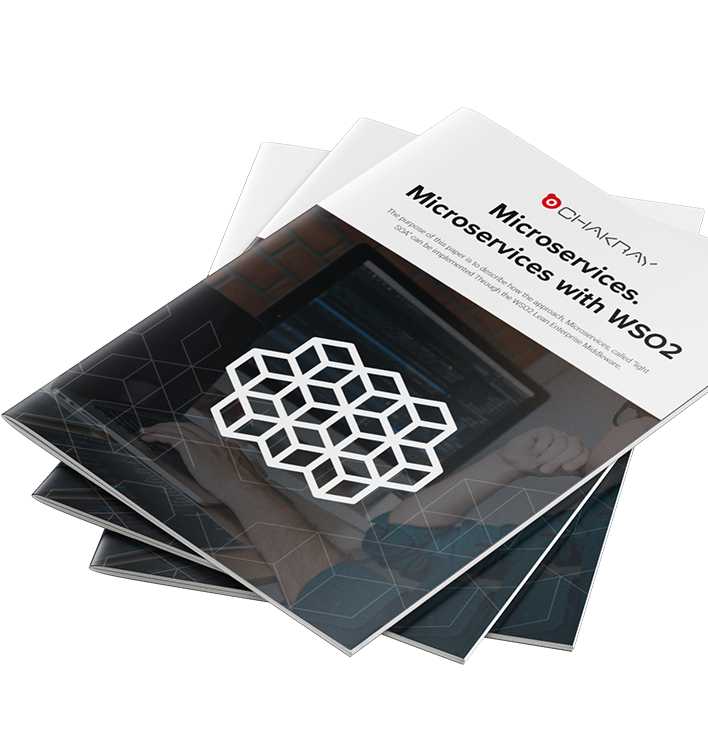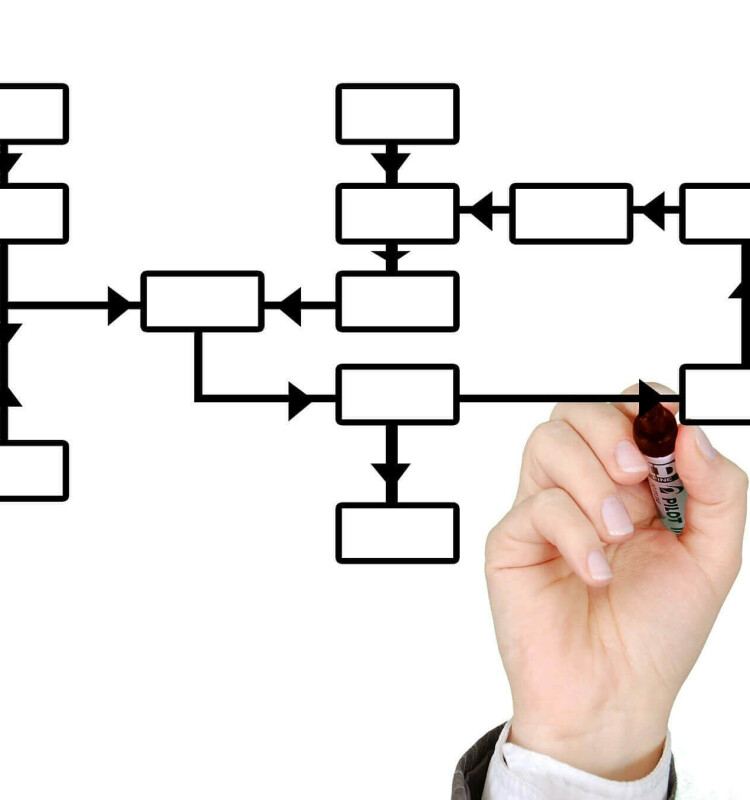As market competitiveness increases, companies face a growing pressure to become more effective, which is why knowing how to act in the face of the changes that affect business by optimizing processes and reducing costs are key factors to optimize competitiveness and generate growth in organizations.
-Interesting lecture: Differences between REST and SOAP-
Companies face a growing need to interconnect their business processes, persons and information, both within the same organization and with subsidiaries and business partners. In order to achieve that, they need to implement a strategy that includes tools based on standards that facilitate the integration of systems and heterogeneous applications. In addition, the implementation of this strategy should offer enough flexibility to easily incorporate changes that may emerge in the future. In this context is where we can find a SOA, or Service-Oriented Architecture.
What is SOA all about?
SOA means Service-Oriented Architecture. It consists of a system architecture model in which the business functions of a company are defined as services that may be executed using standard methods mainly based on the exchange of messages, thereby allowing to combine services developed with new and old technologies, which enables components to integrate and coordinate in an effective and agile manner, the reduction of implementation costs, a greater innovation in regard to services for customers, to quickly adapt to change and to react sooner before the competition.

Elements of a SOA architecture, by Dirk Krafzig, Karl Banke, and Dirk Slama [1]
In order to implement complete business solutions using SOA, it is necessary to encapsulate business functions as services. Software architects in collaboration with developers can set forth a number of ways to perform these implementations, among which are the possibility of reusing functions already implemented in other systems, using connectors to obtain or update information in existing systems and re-implement the required function.
Benefits of the SOA architecture solution
When speaking of the benefits offered by the SOA solution, we can discern two tiers: company tier and IT organization tier.
From the corporate point of view:
- Improves decision making processes, since executives could have more information available in less time.
- Increases employee productivity.
- Relationships with clients and suppliers are enhanced.
From the point of view of IT departments:
- Applications that are more productive and flexible.
- Streamlining of application development.
- Reduction of application maintenance costs.
- Applications that are more secure and easy to handle.
- Minimization of the risk of downtime or data loss.
- Improves the ability to innovate and stand out.
-Extra information: SOA Architecture & its benefits to your company –
Based on all of the above we can see how the service-oriented strategy –SOA- enables the company to attain high levels of competitiveness and development by incorporating an ease of integration for its business processes, and flexibility, increasing its response capabilities before clients and improving its productivity.





